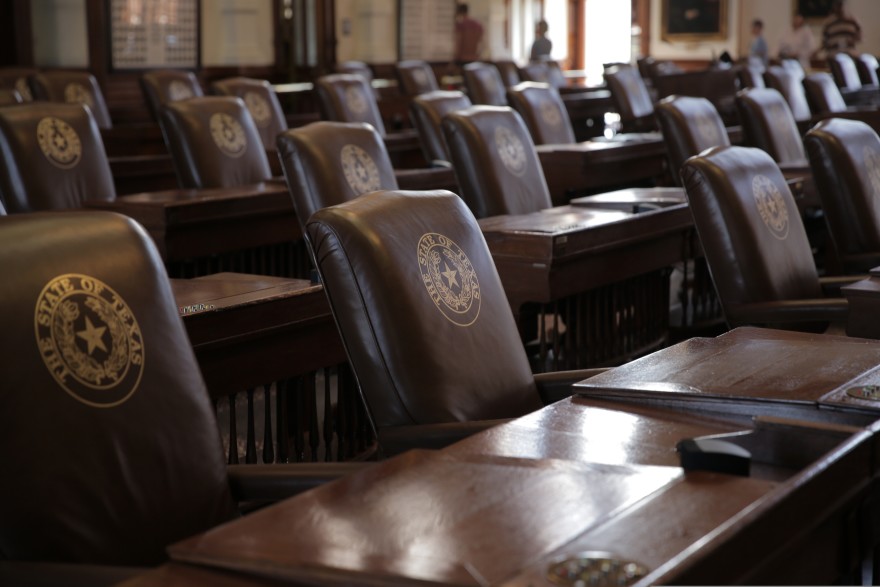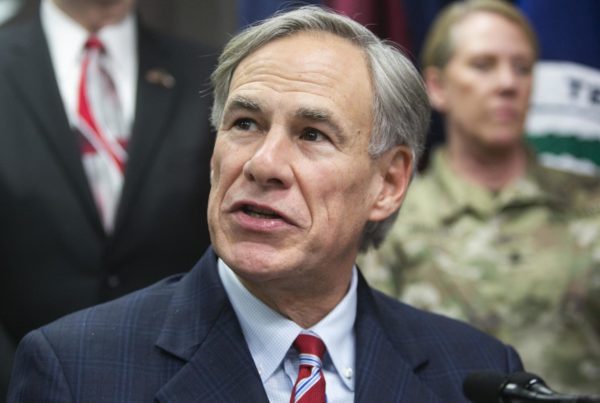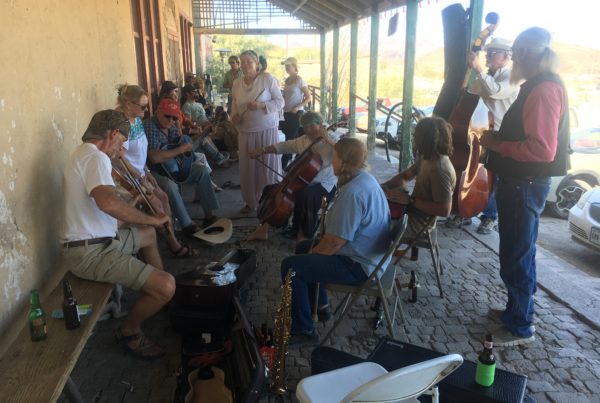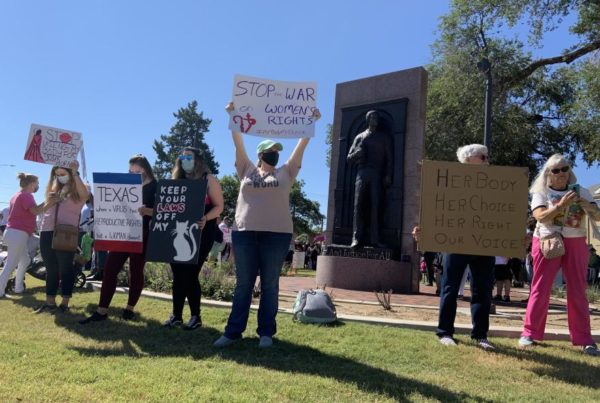From KERA:
This year’s draft redistricting maps include many more majority-white districts than whites’ share of the population. That’s also despite massive growth in the state’s population of people of color since the last census. The maps will likely help white people and the Republican Party maintain their dominance over state government, at least for a few years.
Here are some other ways gerrymandering could affect the political process in Texas.
1. Depressing voter turnout
At the very ground level, partisan redistricting — commonly known as “gerrymandering” — affects the behavior of voters. When a district is drawn to substantially favor one party, and there’s a well-known incumbent, there isn’t a robust election campaign.
“Political parties don’t have infinite resources, so where are they going to spend resources? In the areas or elections where they believe it to be competitive,” said Eric Lopez, a political science professor at UT-Tyler.
People who live in a gerrymandered district are far less likely to see candidate fliers or commercials. When no one’s out there trying to earn your vote, Lopez said, you might not see anything worth voting for. Or, along the same lines, if your party seems destined to win, why show up?
“You start to understand why in Congressional elections turnout always tails off because you have less and less competitiveness,” Lopez explained.
Those predictable local races can, in turn, affect turnout for statewide contests.
“These local candidates who are out there knocking on doors, organizing their communities, making the phone calls — that adds to the overall movement,” said Ed Espinoza, president of the progressive media group Progress Texas.
With gerrymandering, that organizing work is less likely to happen.
2. Stifling new candidates
Espinoza also said partisan redistricting can discourage good, potential candidates from running for office.
“If you are a Democrat who lives in an area that has been drawn into a conservative district, it doesn’t matter how liberal your community is. Your odds of winning to represent your area aren’t very good,” he said.
This can happen to a conservative drawn into a liberal district too. If the numbers are significantly stacked against you, why bother?
3. Extreme policy
Gerrymandering doesn’t just stifle potential voters and potential candidates — it also skews policy.
Without competitive district races, legislators face little electoral blowback when laws they pass don’t reflect the state as a whole. That’s especially true in solidly-red Texas.
“The Republicans have clearly shown that they’ve been able to control [redistricting] and use it to adopt legislation that in some instances a majority of Texans don’t support,” said Bob Stein, a redistricting expert and professor at Rice University.
As an example, Stein pointed to the recently enacted law that practically ends abortion in Texas. A February poll from UT-Austin and the Texas Tribune showed only 13% of Texans think abortions should never be permitted.
“Winning elections, for Republicans, this is not like a basketball game about running up the score,” Stein said. “It’s about passing these legislative agendas.”
According to Oklahoma State University professor Seth McKee, gerrymandering in Texas ultimately allows extreme portions of the Republican Party to achieve their policy goals.
A gerrymandered state Legislature creates “an artificial reflection of the electorate,” McKee explained.
Yet, from a political party’s perspective, that is a good thing, said Lopez of UT-Tyler. Gerrymandering helps parties achieve what they want, even if it makes the system of government less representative as a whole.
“At the end of the day, political parties care about themselves and political power,” Lopez said. “That’s what politics is, right? It’s a fight over who yields governmental power.”
There are surely other factors playing into decisions made by voters, candidates, and policymakers. But experts agree a big factor is partisan politicians in Texas — and elsewhere — drawing their own maps and choosing their own voters.
Got a tip? Email Bret Jaspers at bjaspers@kera.org. You can follow Bret on Twitter @bretjaspers.














